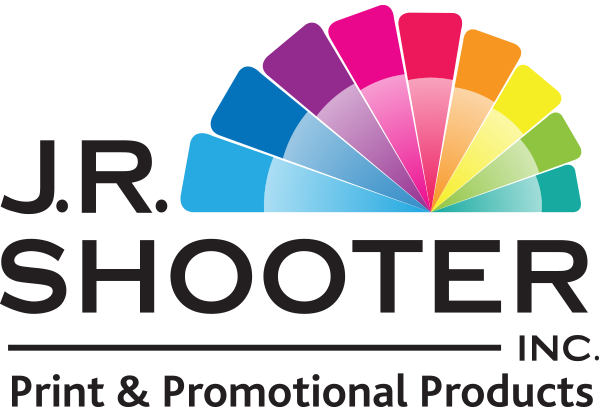When it comes to setting up artwork for print a lot has changed over the past twenty years. Some people think that setting up artwork in RGB is a reasonable thought process, but the only type of printer that could use that process are simple household printers. A printing press, for professionally printed work uses a term called CMYK. Now these two terms may be foreign to most people, so today my goal is to make it all make sense.
First of all let’s look at RGB. Red, Green and Blue. Most people recognize these as the primary colours. I don’t know if you remember this, but when you were in school did your science teacher have a screen with these colours on it and show you how they looked separately and how they looked when all three screens were together? DO you remember how each one when added or subtracted created a different colour and all together created white? When you look at print, it is much of the same idea. But continuing with RGB first, it is important to realize that these colour systems are used for creating artwork for a screen. So if you know when you are creating an ad campaign it will be for a website only, setting it up in RGB would be considered the correct format, but CMYK is the correct format for print.
CMYK stands for Cyan, Magenta, Yellow and Black. To demonstrate how we got to use these colours, when you remove the red from RGB, blue and green created Cyan. When green is omitted red and blue create magenta, and when blue is subtracted red and green create yellow. Black is added to allow for the rest of the colours in the spectrum to be created. So depending on how much you use of each of these four colours is how a piece of print is created. When you look at a picture, whether it be a book or a brochure you get in the mail all you see is a solid beautifully created image, however if you look at it through a special magnifying glass called a loupe then you will see that all of these images are created by all of these colours being mixed together.
So the next time you look at an image take into consideration what the naked eye see’s and what beautiful colours are hiding under that image!


Comments are closed.